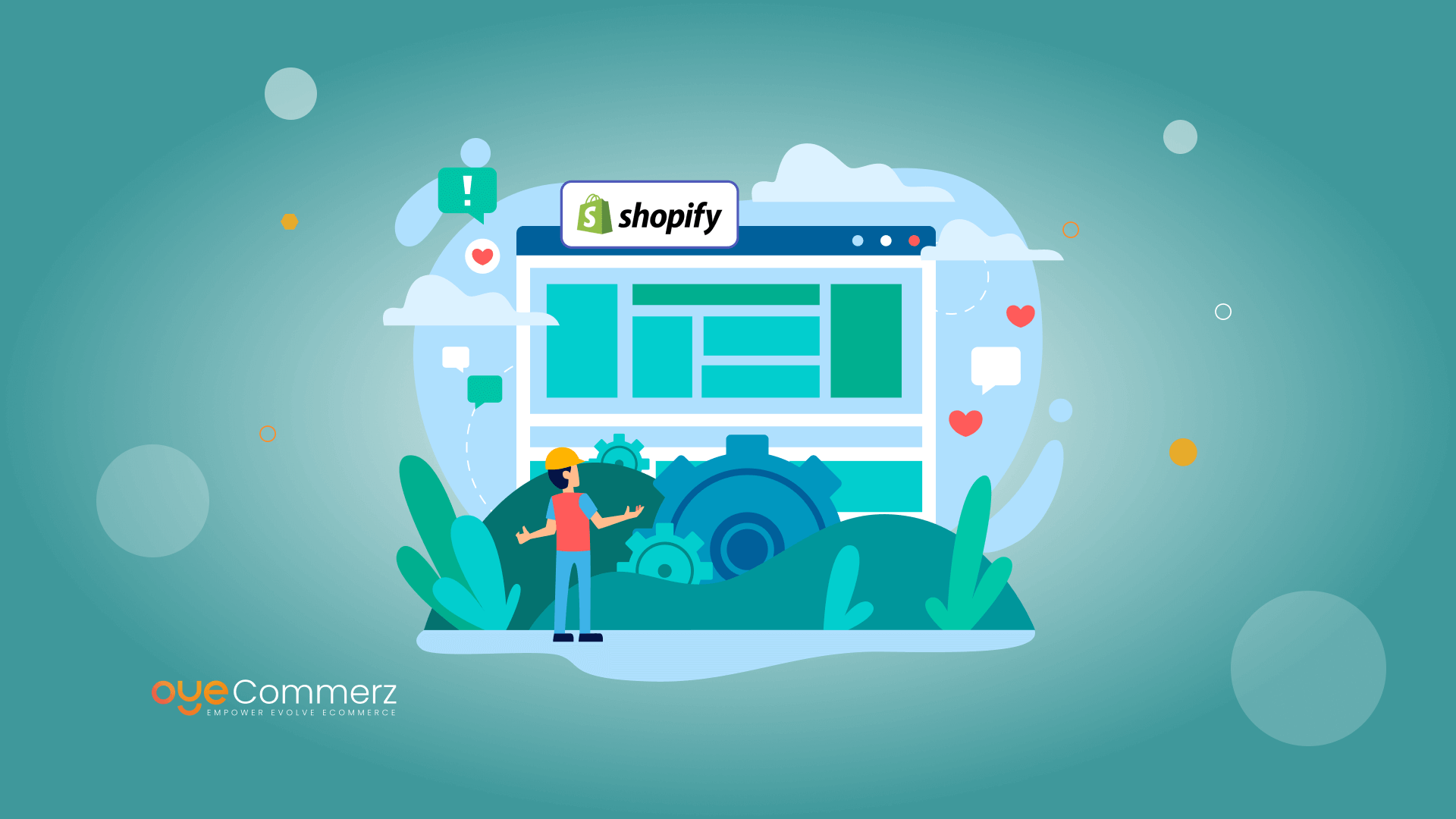Increase Sales and Efficiency with Custom Shopify Applications Created to Scale
Increase Sales and Efficiency with Custom Shopify Applications Created to Scale
Blog Article

Overview
In today's intense e-commerce market, Shopify merchants are continually searching for strategies to boost sales and improve their operations. A highly effective method is through personalized Shopify applications customized to fulfill unique operational goals. Integrating with the Shopify API and using tools like the Polaris design system, such applications equip businesses to expand effectively while enhancing customer engagement. In this blog, we’ll discuss key aspects of Shopify app-building, from design factors and essential features to effective methods for maintaining and scaling apps effectively.
1. Understanding Shopify API Linkage
A solid understanding of Shopify’s Application Programming Interface—including Representational State Transfer and GraphQL—is key for creating reliable Shopify apps. With these APIs, engineers can retrieve, update, and manage data within a Shopify site. The Graph Query Language interface enables fast information processing, enabling quicker replies by obtaining only the necessary data. Integrating the API enables app creators to tailor app features to the organization's unique requirements, ensuring a seamless UX that enhances operational effectiveness and sales.
2. Utilizing the Polaris Design System
Shopify’s Polaris framework helps developers to design a consistent and easy-to-use interface across Shopify apps. Polaris provides a suite of elements and best practices that complement Shopify’s design language, creating apps feel integrated within the Shopify environment. This method goes beyond aids natural customer touchpoints but also contributes to preserve branding uniformity, an essential factor in building trust with customers.
3. Creating within the Shopify Marketplace
The Shopify app ecosystem is vast, enabling app creators to build built-in Shopify apps that work within a business’s management system. Internal apps streamline the interface by incorporating directly within Shopify’s interface, eliminating the necessity for additional authentication or extra steps. For programmers, using Node.js for server-side processes and the React framework for the user interface has emerged as a preferred approach, as such tools facilitate scalable, responsive applications that offer an optimal user experience.
4. Key Elements for Shopify Applications
A high-performing Shopify app requires capabilities that address key challenges in the digital sales process. Webhooks for instant updates, custom theme adjustment features, and cross-channel commerce options are vital additions that can improve business oversight and customer experience. By integrating these features, Shopify applications go beyond optimize business processes but also enhance the overall customer experience.
5. Best Practices for Creating Shopify Apps
When developing Shopify apps, it’s crucial to adhere to optimal techniques. App maintenance strategies such as consistent improvements, client help, and protection protocols are necessary for building consumer confidence. Promotional efforts for Shopify applications can also be used to boost app visibility and user base. User retention strategies, such as push notifications and reward systems, are key for retaining users and creating a dedicated following.
6. Expanding Shopify Apps for Success
As Shopify stores grow, growing app performance becomes essential to handle higher user loads and functionality demands. Using cloud-based setups and emphasizing data management through GraphQL can help apps scale without slowdowns. It’s equally important to have a roadmap for expanding the app’s backend systems to handle increased demand, that involves a list for finding a app builder with experience in Shopify apps.
7. Examining the Expense of Building Shopify Apps
Creating personalized Shopify applications can vary significantly in investment depending on the features, connections, and customization necessary. Essential features like data connections, client-facing features, and promotional features can drive up costs. However, the profit potential is often beneficial, as these applications can significantly enhance sales and streamline workflow.
8. Upkeep Approaches
Keeping apps updated is just as crucial as initially building it. Frequent patches to fix bug fixes, boost safety, and keep alignment with the latest Shopify platform updates are important. Forward-thinking upkeep methods also involve explore options user assistance and feature enhancements that keep up with changing online shopping trends.
9. Resources for Building Shopify Apps
Shopify offers multiple options to streamline the development process, from app development frameworks like Node.js and React to automated notifications for real-time updates. Tools like Shopify’s CLI enhance the development workflow, while Shopify App Bridge enables integrated applications to connect easily with Shopify’s management dashboard. These options are invaluable for building applications that are both functional and user-friendly.
10. Upcoming Innovations in Shopify App Development
The future of Shopify app development is exciting, with innovations pointing towards artificial intelligence capabilities, expanded multi-platform integration, and new application add-ons. As online shopping progresses, app creators will need to stay ahead the changes to build apps that not only meet but outperform user expectations.
Conclusion
Tailored applications for Shopify provide a powerful solution for e-commerce businesses to expand with ease, increase revenue, and optimize processes. From API integration and the Polaris design system digital shopping experience to advanced features and support methods, every component of Shopify application building plays a key role in delivering a smooth interaction for users. As Shopify keeps evolving, staying ahead of future trends in application creation will help developers make the most of Shopify’s extensive platform, strengthening their position in the online shopping landscape.
Report this page